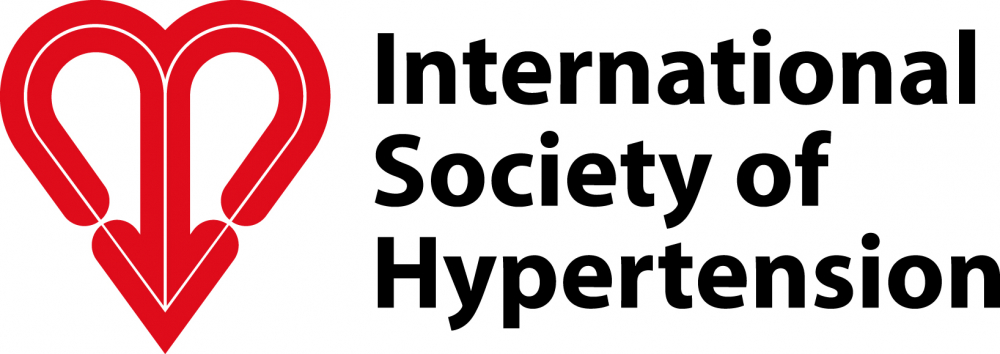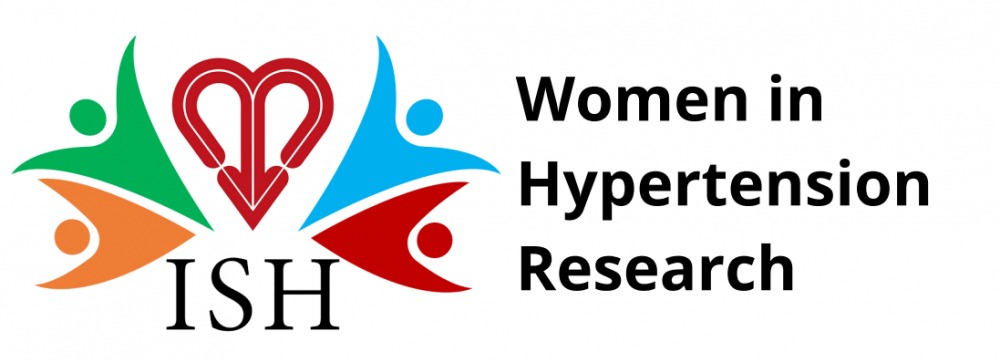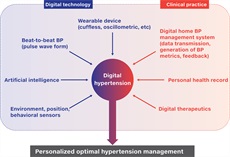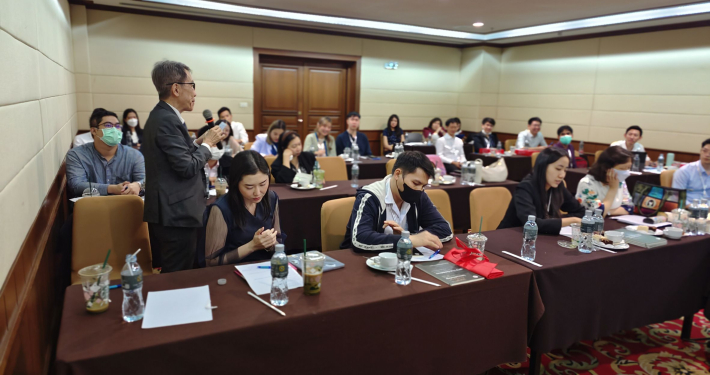ISH Women in Hypertension Research Committee highlight how to improve care for women with hypertension around the world
In a comprehensive review of hypertension in women, researchers have highlighted knowledge gaps in the field, and the lack of consideration of female-specific risk factors for hypertension in clinical guidelines.
The review paper, which originated from members of the ISH Women in Hypertension Research Committee (ISH-WiHRC) and is published this month in Hypertension, sets out what should be done to address these issues so that care for women with high blood pressure can be improved.
The authors of the paper say more focus should be placed on certain areas of research – such as looking at the optimal choice of anti-hypertensive drugs for women, and when to start treatment.
It is thought, for example, that starting treatment earlier for women may lead to better outcomes, because cardiovascular disease occurs at lower levels of blood pressure in women compared to men.
And the researchers said guidelines should be updated to reflect new knowledge gained through research – as well as to reflect what is already known about women-specific risk factors such as the link between conditions affecting the female reproductive organs and hypertension.
The review, led by Lizzy Brewster with support from Niamh Chapman and Ulrike Muscha Steckelings and contributions from many other members of the ISH-WiHRC, also calls for more representation of women in both the science workforce and as participants in clinical trials.
Hypertension is the leading risk factor for cardiovascular disease and premature death among women globally. The condition is underdiagnosed and undertreated, with control rates as low as 23% among women with hypertension.
It is already known from clinical observations that hypertension differs fundamentally between men and women in how it presents and develops, and it is known that hypertension in women is strongly related to conditions affecting the reproductive organs such as polycystic ovary syndrome and fibroids. Yet, clinical history taking rarely considers this important link between women’s reproductive health and their risk of hypertension and cardiovascular disease, which is relevant for women at all age groups.
Altogether, differences in hypertension related to sex and gender are under-studied and as a result remain incompletely understood and insufficiently translated into clinical guidance.
Last author of the paper Assoc Prof Lizzy Brewster said: “Our review raises a whole range of issues that need attention – including in research, clinical practice, and women’s health awareness. The gaps in knowledge and limitations to clinical guidelines are immense.”
Prof Muscha Steckelings, who chaired the ISH-WiHRC between 2018 and 2022, said: “We need risk prediction models which are specific to women, and we need to better understand when best to treat women, and with which treatments. Clinical guidelines should then reflect these advances in understanding.
Dr Niamh Chapman, who is current chair of the ISH-WiHRC, said: “Alongside changes to practice and guidelines, we also need to empower women, to enable them to take better identify women at risk to take action to improve their cardiovascular health. And we want to see more women in medical science and taking part in clinical trials – so that imbalances in sex and gender are corrected across the board.”
More information
Read the paper: Arterial Hypertension in Women: State of the Art and Knowledge Gaps
Visit the web page of the ISH Women in Hypertension Research Committee – which features women working in hypertension around the world.
















